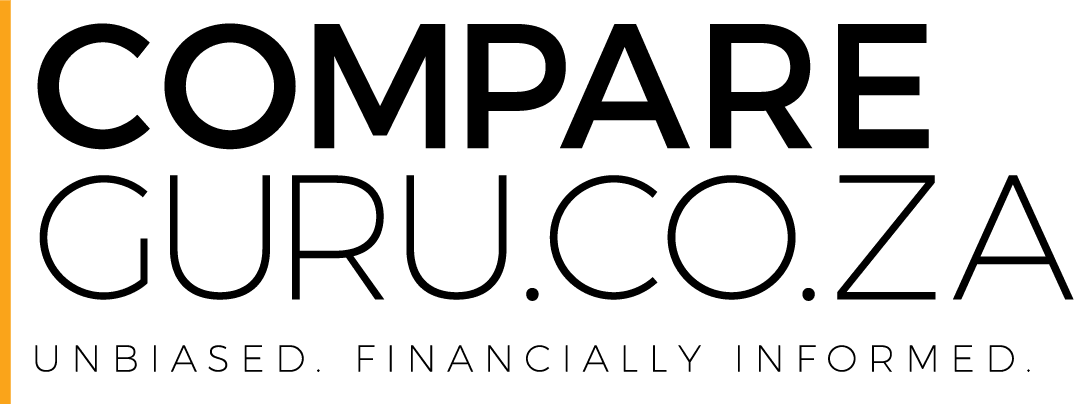CompareGuru Financial Services is an authorised financial services provider FSP. 47696
Eskom - broke, broken and bailing for its life - has applied for permission to hike our electricity tariffs by a massive 15% every year for the next three years.
Cyril Ramaphosa has referred to them as ‘sewers of corruption.’
With gigantic losses recorded each and every year, South Africa’s state-owned enterprises are among the greatest risks to the country’s economy. Our new Minister of Finance, Tito Mboweni, has recognised this – but so did his predecessor, Nhlanhla Nene, and so did his predecessor before that, Malusi Gigaba.
That’s right. Even somebody as clueless as Gigaba could identify the threats posed by our corrupt, grossly mismanaged SOEs.
In the recently released financial results for last year, South African Airlines revealed losses of R5.7 billion, Prasa R928 million and SABC R622 million. These figures, though enough to give most of us sleepless nights, don’t quite hit home as hard as the situation over at Eskom.
The mismanagement of all SOE’s impacts every single one of us in a myriad of ways, whether you fly SAA or not, whether you watch SABC television or not – but the dire reality of what’s happening with Eskom feels a lot more personal and immediate. We feel it right in our homes, each and every day.
Recording a loss of R4.6 billion last year, Eskom may not be the biggest vampire of them all, but it could certainly be argued that it is the most important. Losing Eskom would be absolutely catastrophic for South Africa.
Under Ramaphosa, the government is now attempting to salvage the energy giant, repair the damage caused during Zuma’s reign and put the company back onto a sustainable path.
Eskom seems to think that the best way to do that is to increase electricity tariffs by 15% each year for the next three consecutive years, even though it is now public knowledge that the company’s workforce is completely bloated and unsustainable.
Before we begin to point and laugh (if only to keep from weeping) at all the holes in that logic, let’s take a look at how this tragedy is playing out.
Eskom – Broke, Broken And Bailing Water
It seems as if there are too many balls in the air to make sense of what’s happening right now, so we’ll try to break it down as simply as possible. There are a couple of important factors to keep in mind here.
- Just a few weeks ago, the National Energy Regulator of South Africa gave Eskom four years to recover R32.69 billion in debt.
- In order to cover all outstanding debt, Eskom has determined that it will need to hike the tariffs by 15% per year for the next three years.
- As per the request, these increases would begin in 2019/20.
- This will allow Eskom to bring in revenue of R219bn for 2019/20, R252bn for 2020/21 and R291bn for 2021/22.
- The 15% increases will be on top of the 4.41% tariff increase already granted by Nersa.
Eskom’s general manager for regulation, Hasha Tlhotlhalemaje, has said that the low increases we’ve seen over the last two years should be taken into account when reviewing this massive hike – which sounds a lot like what South African motorists were recently forced to swallow with the gigantic increase in the fuel price.
Tlhotlhalemaje stated that the increases are vital in ensuring that Eskom can be put onto a sustainable and path.
It’s worth noting that Nersa does not have a history of granting the full tariff increases which have been requested by Eskom, and the regulator said that it will assess the applications following due regulatory processes.
But, What Are We Paying For?
South Africans can certainly rally behind a solid cause if need be, but many may find news of the tariff increase a jagged pill to swallow.
This is because one of the biggest reasons for Eskom’s sad situation is its mammoth salary bill. Many, at first, wouldn’t see the problem here. It sounds logical. People work hard, and they should be compensated for that hard work.
Here’s where the problem becomes clearer. As pointed out by OUTA chairperson, Wayne Duvenage, back in 2006 Eskom’s energy output was 222 Terawatt hours with a headcount of 32 224 employees.
Eskom has since increased the amount of staff employed to 47 658, but decreased its energy output to 220 Terawatt hours. The company is paying more money, for less.
This in itself equates to around 15,000 too many heads,” says Duvenage. “If it is able to reduce its headcount over time to the prior productivity levels, then Eskom could save around R10 billion per annum at today’s salary costs.
Tlhotlhalemaje has said that while the company may not currently be running as efficiently as it could be, a tariff increase will still be needed to ensure sustainability. She further added that Eskom will, in fact, be moving to a more efficient employee base.
Tito Mboweni agreed, saying that Eskom’s current salary bill ‘consumes too much money and doesn’t leave much for infrastructure management.’
The new Finance Minister added that jobs would need to be cut in order to stabilize the financial books, but with the National Union of Mineworkers already threatening violent protests the last time Eskom attempted to retrench workers, it’s not going to be easy.


